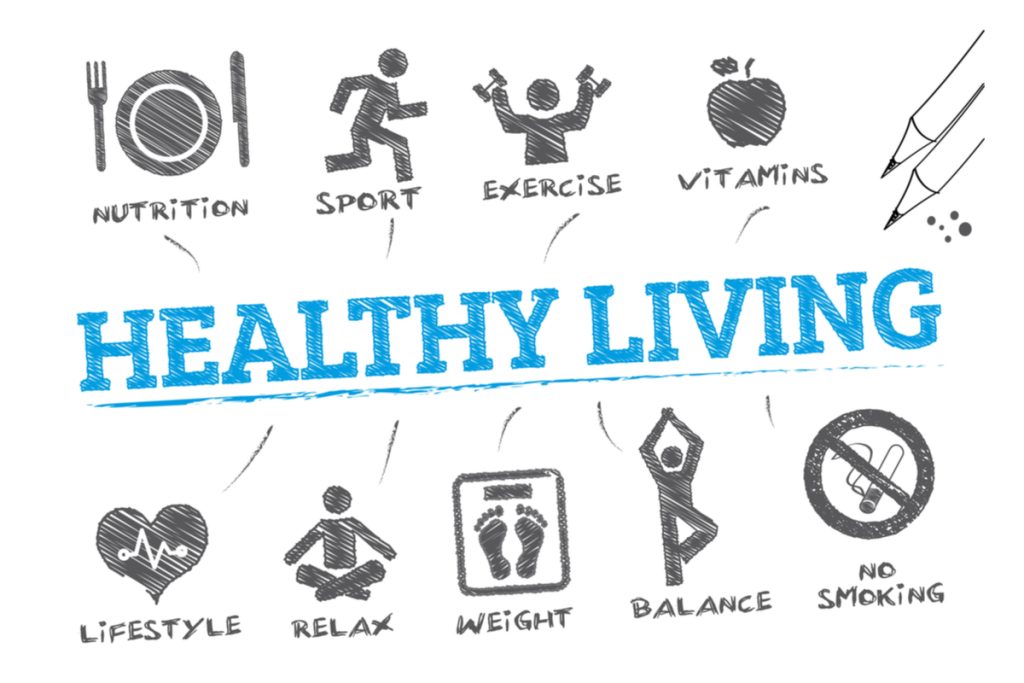Sugar is everywhere in our diets, from the obvious sources like candy and soda to the hidden sources like salad dressings and sauces. While sugar can make our food taste delicious, it can also have negative effects on our health if consumed in excess. Excessive sugar consumption has been linked to obesity, heart disease, diabetes, and a host of other health problems. However, cutting back on sugar doesn’t have to mean feeling deprived or missing out on your favorite treats. With a few simple strategies, you can reduce your sugar intake without feeling like you’re sacrificing flavor or satisfaction.
1. Be Mindful of Your Sugar Intake
The first step in reducing your sugar intake is to become aware of how much sugar you’re actually consuming. This means reading labels on packaged foods to see how much sugar is in them, as well as paying attention to the amount of sugar you add to your coffee or tea. Once you have a better understanding of how much sugar you’re consuming, you can start to make small changes to reduce your intake.
2. Gradually Reduce Your Intake
Going cold turkey on sugar can be difficult and can leave you feeling deprived. Instead, try gradually reducing your sugar intake over time. Start by cutting back on the amount of sugar you add to your beverages, or switch to a lower-sugar option like flavored water or unsweetened tea. You can also try gradually reducing the amount of sugar you add to your baked goods or desserts. By making small changes over time, you’ll be less likely to feel deprived and more likely to stick with your new, lower-sugar habits.
3. Opt for Natural Sweeteners
When you do want to sweeten something, consider using natural sweeteners like honey, maple syrup, or stevia instead of refined sugar. These natural sweeteners can add flavor without the same negative health effects as refined sugar. Just be mindful of your portion sizes, as even natural sweeteners can add up quickly if you use too much.
4. Focus on Whole Foods
One of the best ways to reduce your sugar intake is to focus on whole, unprocessed foods. These foods are typically lower in added sugars and higher in fiber, which can help keep you full and satisfied. Instead of reaching for a candy bar or a sugary snack, try snacking on fresh fruits, vegetables, nuts, or seeds. These whole foods are naturally sweet and can satisfy your sweet tooth without the added sugars.
5. Get Creative in the Kitchen
Reducing your sugar intake doesn’t have to mean boring, bland food. Get creative in the kitchen and experiment with different flavors and ingredients to create delicious, satisfying meals without added sugar. Use herbs, spices, citrus, and other natural flavors to enhance the taste of your dishes without relying on sugar. You can also try using alternative ingredients like coconut milk or almond flour in your baking to reduce the amount of sugar needed in your recipes.
6. Plan Ahead
One of the best ways to reduce your sugar intake is to plan ahead and prepare your meals and snacks in advance. This way, you can have healthy, sugar-free options readily available when hunger strikes. Pack fruits, vegetables, nuts, and seeds for easy, on-the-go snacks, and prepare meals that are balanced and satisfying without added sugars. By taking the time to plan ahead, you’ll be less likely to reach for sugary treats when you’re hungry and more likely to stick to your new, lower-sugar habits.
7. Practice Moderation
It’s important to remember that cutting back on sugar doesn’t mean eliminating it entirely from your diet. It’s okay to indulge in a sweet treat occasionally, as long as you do so in moderation. Allow yourself to enjoy your favorite desserts or treats from time to time, but be mindful of your portion sizes and frequency. By practicing moderation and enjoying sugar in small amounts, you can reduce your overall intake without feeling like you’re missing out.
8. Stay Hydrated
Sometimes, our cravings for sugar can be mistaken for thirst. Before reaching for a sugary snack, try drinking a glass of water to see if your cravings subside. Staying hydrated can help keep your hunger and cravings in check, and can make it easier to resist the temptation of sugary treats. Aim to drink at least eight glasses of water a day, and consider adding flavor to your water with fresh fruit or herbs for a little extra taste without the added sugar.
9. Find Healthy Substitutes
If you have a sweet tooth that just won’t quit, try finding healthy substitutes for your favorite sugary treats. For example, instead of reaching for a candy bar, try enjoying a square of dark chocolate or a piece of fruit. If you’re craving something sweet and creamy, opt for a yogurt parfait with fresh fruit and nuts instead of a sugary dessert. By finding healthier alternatives to your favorite treats, you can satisfy your cravings without the added sugar.
10. Listen to Your Body
Ultimately, the best way to reduce your sugar intake without feeling deprived is to listen to your body and pay attention to how certain foods make you feel. Notice how you feel after eating sugary treats, and how your energy levels, mood, and cravings are affected. By tuning in to your body’s signals, you can make informed choices about which foods to eat and how much sugar to consume. Trust your instincts and prioritize your health and well-being, and you’ll be well on your way to reducing your sugar intake without feeling deprived.

